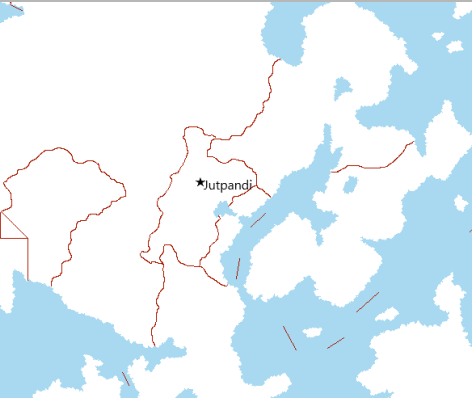Jutpandi: Difference between revisions
Lyooonheimer (talk | contribs) No edit summary |
No edit summary |
||
| Line 16: | Line 16: | ||
| nickname = | | nickname = | ||
| motto = | | motto = | ||
| image_map = | | image_map = [[File:Screenshot 2021-12-27 214204.png]] | ||
| map_alt = | | map_alt = | ||
| map_caption = | | map_caption = | ||
| pushpin_map = | | pushpin_map = | ||
| pushpin_label_position = | | pushpin_label_position = | ||
| pushpin_map_alt = | | pushpin_map_alt = | ||
Revision as of 15:58, 15 June 2022
Jutpandi
जुटपान्डी | |
|---|---|
City | |
 | |
 | |
| Government | |
| Population (2012) | |
| • Total | 1,674,394 |
| • Metro | 3.1 million |
| • Capital City | 856,494 |
| Website | www.visitjutpandi.ma |
Jutpandi (,Jot-Pan-Dee (English Pronounciation), Mahanan: जुटपान्डी), Officially the Jutpandi Metripolitan City, is the capital and most populous city of Mahana as well as the Nuragara Province with 1,600,000 people living in 350,000 houses as of 2021. The city is incredibly important as it is not only the home to the nations parliament and government but also the Gayin (leader of the Gaism religion) in the Karayanhiti Palace. It is located on the footsteps of the Samripes, with only two major access points through the M49 and M62 motorways from Ghobari and Battagara respectfully.
The city is one of the oldest continuously inhabited places in the world, founded in 10th century CE, however existing as Vaddkewata since 433 BC. The city has historically been the capital city of great empires and nations such as the Aayan Empire, the Nadal Empire and, most recently, Mahana.